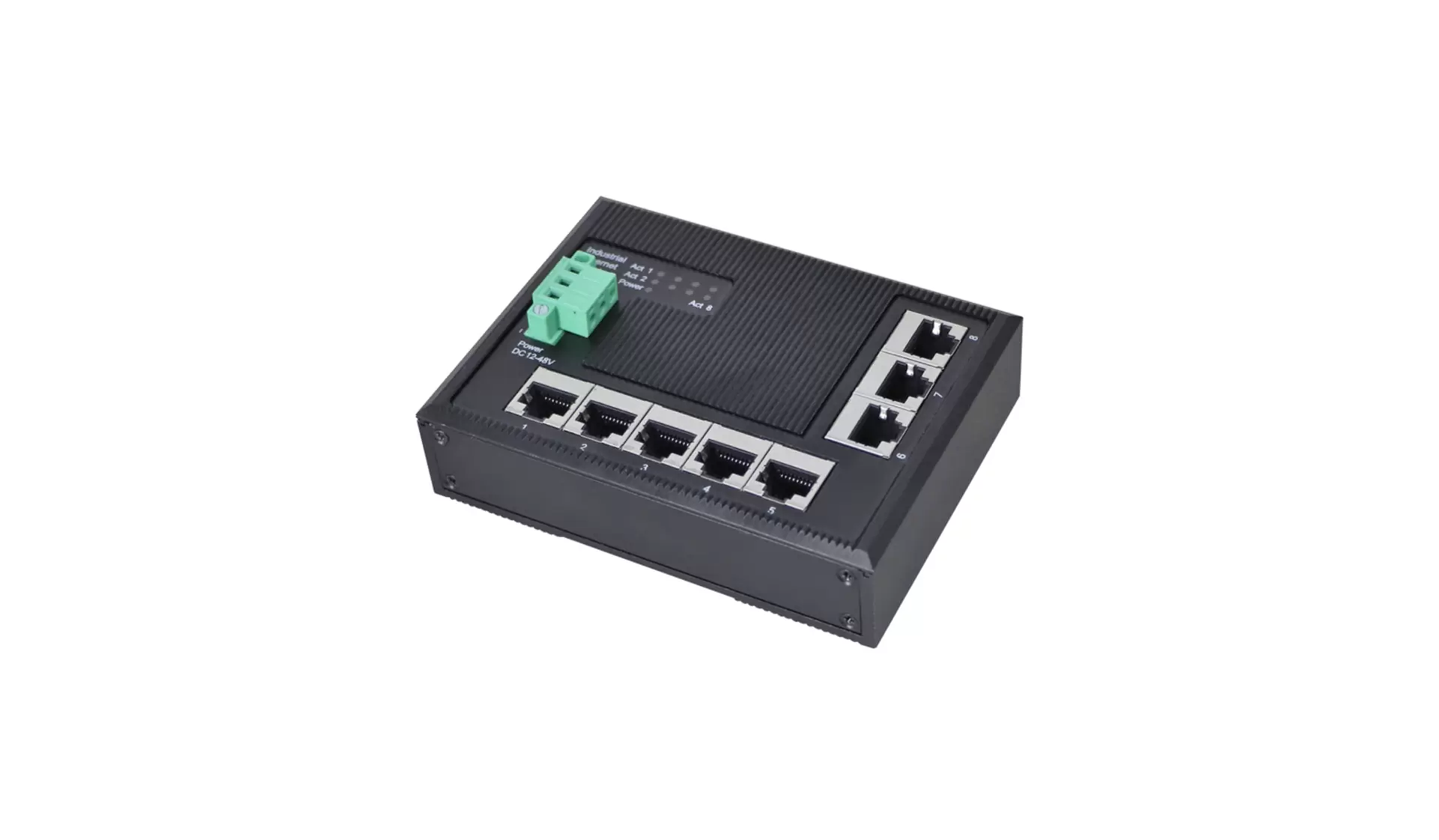.
Understanding the Variances in Performance and Functionality
Ethernet switches are indispensable networking devices that facilitate the efficient transmission of data packets across local area networks (LANs). Two fundamental categories of Ethernet switches are Level 2 and Level 3 switches, each with unique features and capabilities. This article aims to provide a comprehensive comparison between Level 2 and Level 3 Ethernet switches, highlighting their differences in performance and functionality.

1. Basic Functionality
Level 2 switches, also known as bridging switches or MAC switches, operate at the data link layer of the Open Systems Interconnection (OSI) model. These switches forward data packets based on the Media Access Control (MAC) addresses contained within each packet. They are capable of creating virtual LANs (VLANs) and offer effective traffic control through the use of MAC address tables.
Level 3 switches, on the other hand, work at the network layer of the OSI model. Unlike Level 2 switches, they possess the capability to route IP packets based on the destination IP address specified in the packet header. This enables them to make forwarding decisions based on the network layer information and perform advanced features such as access control lists (ACLs) and quality of service (QoS) settings.
2. Network Design
When considering network design, Level 2 switches are primarily used to connect end-user devices, such as computers, printers, and IP phones, within LANs. They concentrate on creating a fast and stable network infrastructure by effectively managing and distributing network traffic.
Level 3 switches are typically used in larger networks that require interconnecting multiple VLANs or subnets. They enable communication between different IP networks by routing packets based on their IP addresses. This, in turn, allows for the creation of more complex network topologies and ensures efficient data transmission over a wide area network (WAN).
3. Scalability and Performance
In terms of scalability, Level 2 switches are relatively limited. They primarily focus on connecting devices within a single LAN environment and lack the ability to route traffic between different IP networks. As a result, the network can become congested and less efficient as the number of connected devices increases.
Level 3 switches offer superior scalability by providing IP routing capabilities. They can handle a larger number of connected devices and offer improved performance in complex networks that involve multiple subnets or VLANs. The ability to route traffic based on IP addresses enhances network efficiency and reduces congestion, resulting in improved overall performance.
4. Cost Considerations
When it comes to costs, Level 2 switches tend to be more affordable compared to Level 3 switches. This is primarily because Level 2 switches have less advanced features and do not require the same level of processing power and memory as Level 3 switches. Additionally, the cost of managing and configuring Level 2 switches is generally lower.
Level 3 switches, on the other hand, are more expensive due to their enhanced functionality and advanced routing capabilities. They require additional hardware and resources to perform IP routing, resulting in higher upfront costs. Furthermore, the management and configuration of Level 3 switches typically require more expertise, leading to potential higher operational expenses.
Conclusion
In summary, Level 2 and Level 3 Ethernet switches differ significantly in terms of functionality, network design, scalability, and cost considerations. Level 2 switches focus on efficient LAN traffic management and are suitable for connecting end-user devices, while Level 3 switches offer more advanced features, including IP routing, making them ideal for larger networks. The final choice depends on the specific requirements and complexity of the network, as well as budgetary constraints. Understanding these distinctions is crucial for making informed decisions when selecting the appropriate Ethernet switch for a particular network infrastructure.





